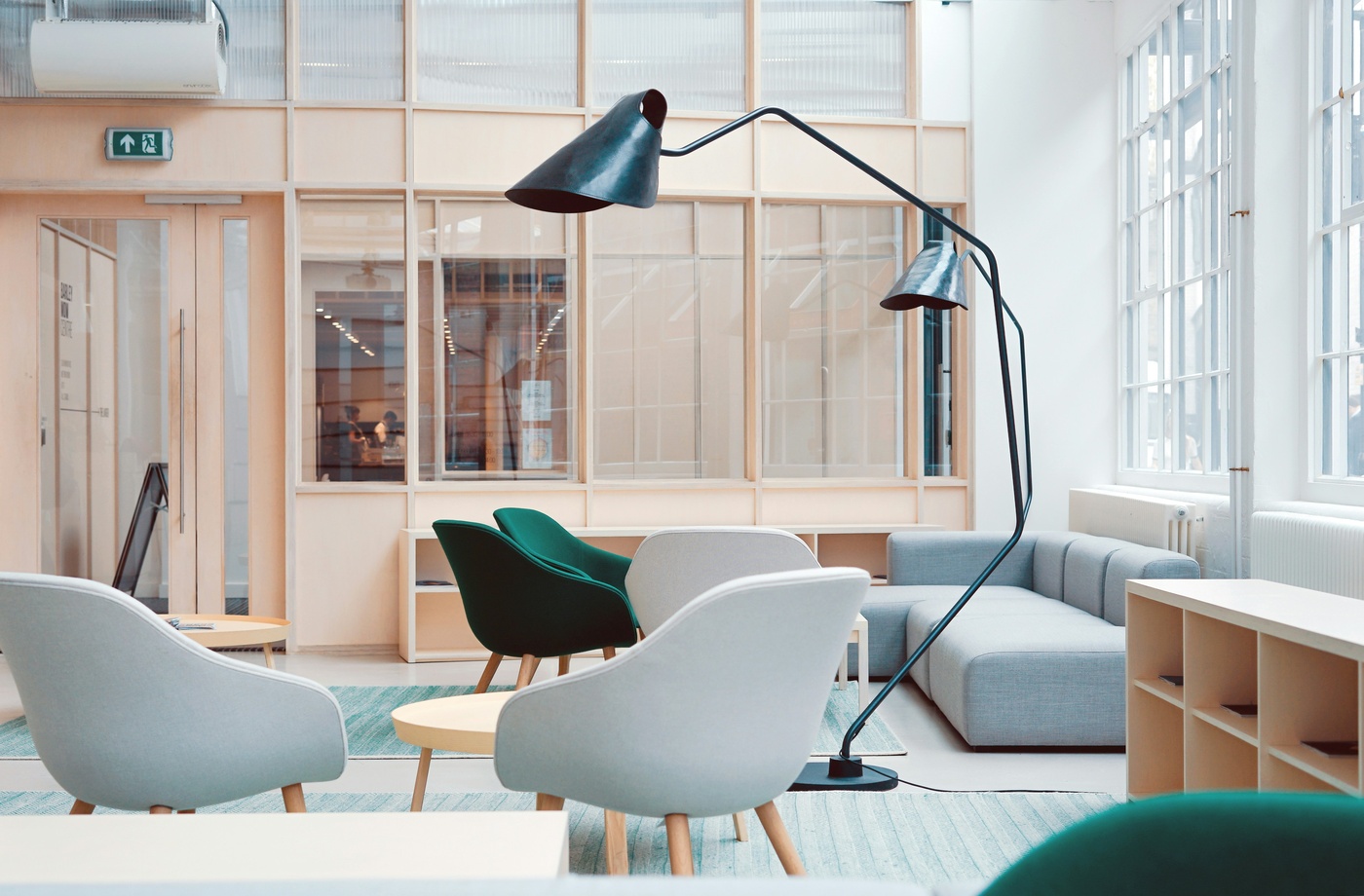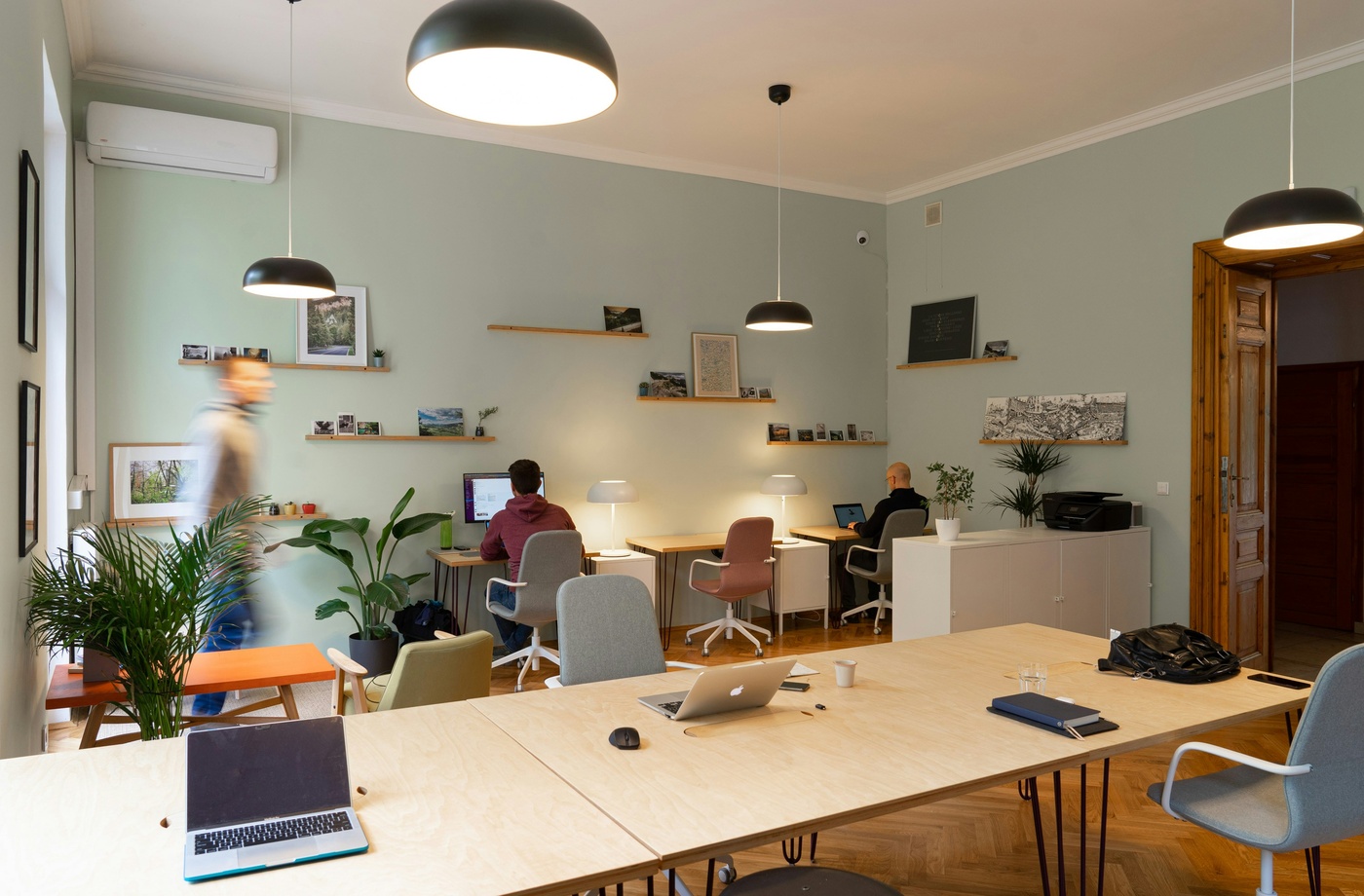Creating a Flexible Workstation on a Budget
Hybrid work is here to stay—and that means your workspace needs to be as adaptable as your schedule. Whether you’re managing employees in shared spaces or upgrading your home office, building a flexible workstation doesn’t have to break the bank. With a little creativity and a few well-chosen supplies, you can create a space that supports productivity, movement, and comfort—without the high price tag.
Why Flexibility Matters in Modern Workspaces
- Supports changing roles or responsibilities
- Accommodates shared desks or hybrid work schedules
- Encourages movement and improved posture
- Allows easy transition between focused work and collaboration
- Start with a Foldable or Compact Desk
Choose a space-saving desk that can be tucked away when not in use. Look for:
- Wall-mounted drop-down desks
- Narrow folding tables
- L-shaped desks with built-in shelving
Explore budget desk options at IKEA or Wayfair
- Use a Rolling Cart as a Mobile Work Hub
Instead of a fixed setup, store supplies like notebooks, tech accessories, and files in a cart that moves with you. Great for shared spaces or multi-room use.
Check options at Target or The Container Store - Choose Stackable or Collapsible Seating
Lightweight stools, foldable chairs, or kneeling desk chairs offer flexibility for different postures and guests, while also saving space. - Add a Monitor Riser or Adjustable Stand
Bring your screen to eye level to improve posture without splurging on an entirely new desk. Bonus: many risers come with built-in storage underneath. - Rely on Digital Planning Tools
Reduce the need for large paper planners or filing cabinets by using Google Calendar, Notion, or Trello to manage tasks, meetings, and documents. - Use Cable Clips and Cord Sleeves
Flexible setups can get messy fast. Contain the chaos with budget-friendly cable organizers that can travel between workstations or detach when packing up. - Invest in a Good Desk Lamp
Lighting often gets overlooked in budget setups. An LED lamp with adjustable brightness makes a big difference when switching between tasks, especially in shared or low-light spaces. - Use Storage Ottomans or Dual-Purpose Furniture
If you’re working in a multipurpose room, choose pieces that double as both storage and seating. Ottomans, benches, or side tables with lift tops are great examples. - Consider a Clip-On or USB Fan
Control your micro-climate without adjusting the thermostat for the whole room. Great for home offices or crowded shared workspaces. - Repurpose What You Already Have
Before shopping, look around your home or supply closet. Kitchen carts, old bookshelves, and even TV trays can be reimagined into surprisingly effective workspace components.
You don’t need a corporate budget to build a functional, flexible workstation. With the right mindset and a few affordable upgrades, you can create a setup that adjusts to your routine—rather than the other way around. Start small, test what works, and build a space that supports your productivity wherever you are.



